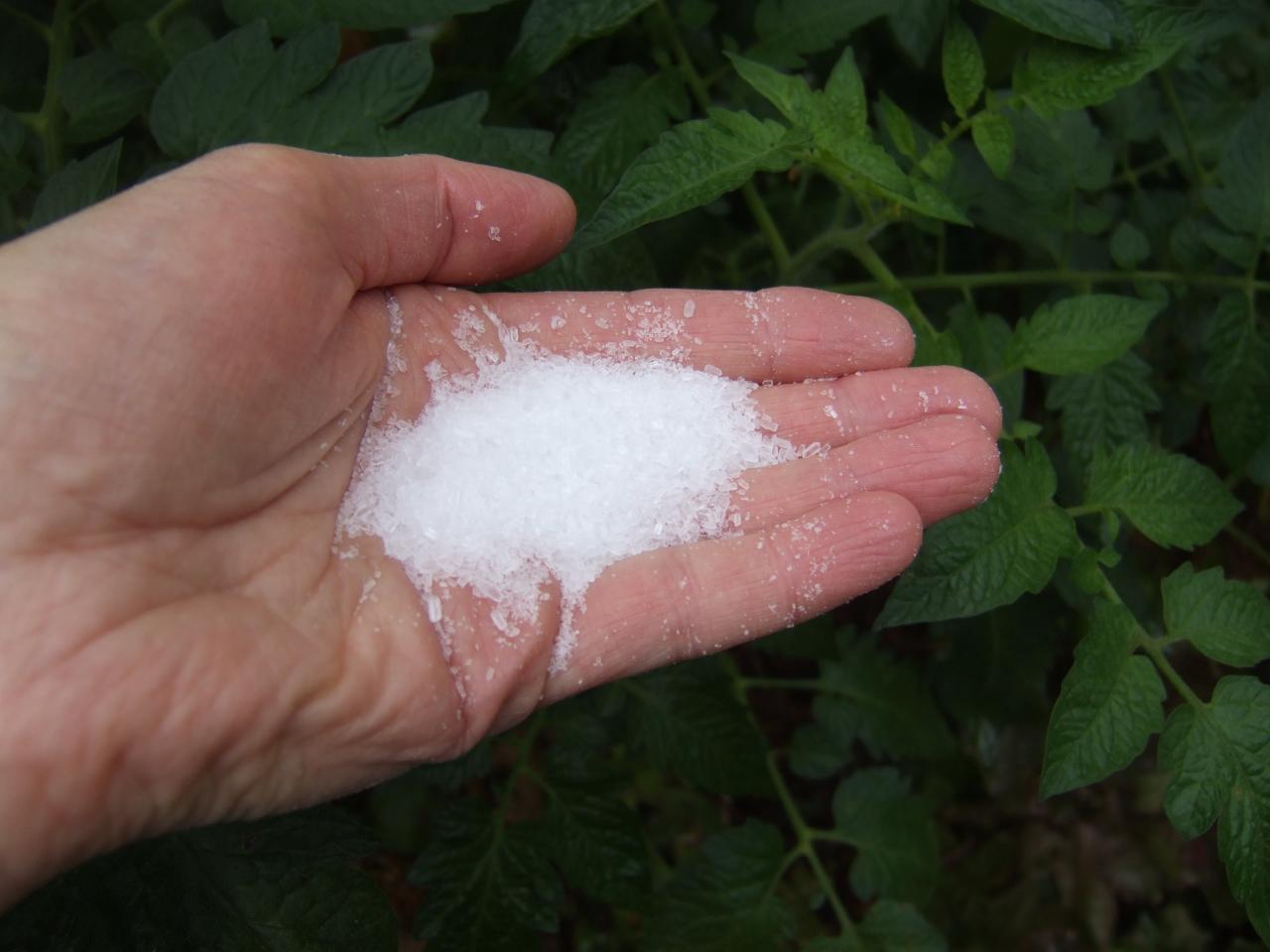What Plants Don't Like Epsom Salt? A Comprehensive Guide
What Plants Don't Like Epsom Salt? A Comprehensive Guide
Blog Article
Explore Why Some Plants Decline Epsom Salt as a Nutrient Resource
In the detailed globe of plant nutrition, the denial of Epsom salt as a practical nutrient resource by some plants presents an intriguing problem. Despite its rich magnesium and sulfur web content, particular plant varieties seem to reject this easily offered compound. The reasons behind this careful habits delve right into an intricate interplay of plant absorption systems, the distinct chemical structure of Epsom salt, and plant-specific nutrient choices. Understanding these factors may clarify the secrets of why some plants decide out of using this relatively useful nutrient source.
Plant Absorption Systems
In delving into the complex world of plant absorption mechanisms, it comes to be noticeable that the procedure is regulated by an innovative interplay of molecular pathways and physiological dynamics. Plants soak up nutrients primarily through their origins, making use of different transportation systems to uptake vital components such as nitrogen, potassium, phosphorus, and magnesium. Magnesium, a vital component in chlorophyll synthesis and enzyme activation, plays a vital duty in plant development and advancement.
The absorption of magnesium entails several actions, starting with its availability in the dirt solution. Once dissolved, magnesium ions are occupied by plant origins through specific transport healthy proteins installed in the cell membranes. These healthy proteins promote the motion of magnesium across the origin cell wall surfaces and into the plant's vascular system, where it is then dispersed to different cells to sustain various physical features.
Recognizing the detailed devices behind magnesium absorption in plants clarifies how this vital nutrient adds to overall plant wellness and efficiency. By maximizing magnesium uptake paths, cultivators can boost plant yields and top quality, underscoring the importance of understanding plant absorption dynamics for sustainable farming methods.
Epsom Salt Chemical Framework
The chemical structure of Epsom salt, likewise recognized as magnesium sulfate heptahydrate, reveals a distinct plan of components that contribute to its unique residential or commercial properties and applications. The 7 water molecules are freely adhered to the magnesium sulfate compound, allowing it to dissolve quickly in water and be readily taken up by plants via their roots.
The crystal structure of Epsom salt develops monoclinic prisms, which are lengthened crystals with parallel ends. This crystal form influences the physical residential or commercial properties of Epsom salt, such as its structure and solubility. Comprehending the chemical structure of Epsom salt is essential for understanding its behavior as a nutrient source and its interactions with plants in horticultural and farming methods.
Plant-Specific Nutrient Preferences
Plants show unique choices for specific nutrients, stressing the importance of understanding their individual requirements for ideal growth and development. Recognizing these plant-specific nutrient choices is important for maximizing crop yields, enhancing decorative plant growth, and advertising general plant health.

Plant-specific nutrient choices can also vary based on whether the plant is a monocot or dicot. Monocots, such as grasses and lilies, have different nutrient needs compared to dicots like roses and tomatoes. In addition, particular plants might exhibit certain deficiencies or toxicities when revealed to excess or poor levels of certain nutrients. By tailoring nutrient supplements to satisfy the accurate demands of each plant species, farmers can optimize plant development, lessen nutrition waste, and assistance lasting agricultural techniques.

Dirt Ph and Nutrient Uptake
Soil pH plays an essential function in identifying the accessibility of crucial nutrients for plant uptake. Acidic dirts with a reduced pH are positive for plants like blueberries and azaleas, while alkaline soils with a greater pH match plants such as lavenders and clematis.
Soil pH influences the chemical forms of nutrients in the soil. In acidic soils, nutrients like aluminum, iron, and manganese can become much more readily available, however extreme acidity can result in toxicity problems. On the other hand, alkaline soils may limit the accessibility of nutrients like iron, zinc, and copper, impacting plant development. Keeping the appropriate pH degree in the soil is essential for making sure that plants More Bonuses can effectively uptake the needed nutrients for their healthy and balanced growth and efficiency.
Hereditary Aspects in Nutrient Uptake
In the realm of plant nourishment, the interplay of genetic aspects considerably influences the uptake of vital nutrients essential for plant development and advancement. Genetic elements play an essential function fit a plant's ability to take in and utilize nutrients efficiently. Variants in genetics can impact the expression of transport proteins in charge of moving nutrients throughout cell membrane layers. These transport healthy proteins, such as networks and service providers, are encoded by particular genes that can vary amongst plant species or also within the same species.
Additionally, hereditary aspects also figure out the performance of nutrient uptake systems within plants. For example, some plants might possess genetic qualities that boost their capability to scavenge nutrients from the soil effectively, providing an affordable advantage in nutrient-poor atmospheres. On the other hand, genetic variations can additionally result in constraints in nutrient uptake, ensuring plants much more susceptible to deficiencies even when nutrients are plentiful in the soil.
Recognizing just how genetic elements affect nutrient uptake is critical for establishing approaches to enhance plant nutrition and boost crop performance in numerous agricultural setups. By deciphering the genetic devices involved in nutrient uptake, scientists can work towards developing genetically boosted plant varieties with boosted vitamins and mineral procurement capacities.
Final Thought

In the detailed world of plant nutrition, the being rejected of Epsom salt as a sensible nutrient resource by some plants poses a fascinating dilemma. what plants don't like epsom salt. Comprehending these plant-specific nutrient a knockout post preferences is critical for taking full advantage of plant returns, improving decorative plant development, and advertising total plant health
By customizing nutrient supplementation to meet the accurate requirements of each plant species, growers can optimize plant development, decrease nutrient waste, and assistance sustainable farming techniques.
In the realm of plant nourishment, the interplay of hereditary elements dramatically influences the uptake of necessary nutrients critical for plant growth and growth. Comprehending these intricacies in plant nutrient uptake is essential for optimizing plant development and health and wellness in agricultural methods.
Report this page